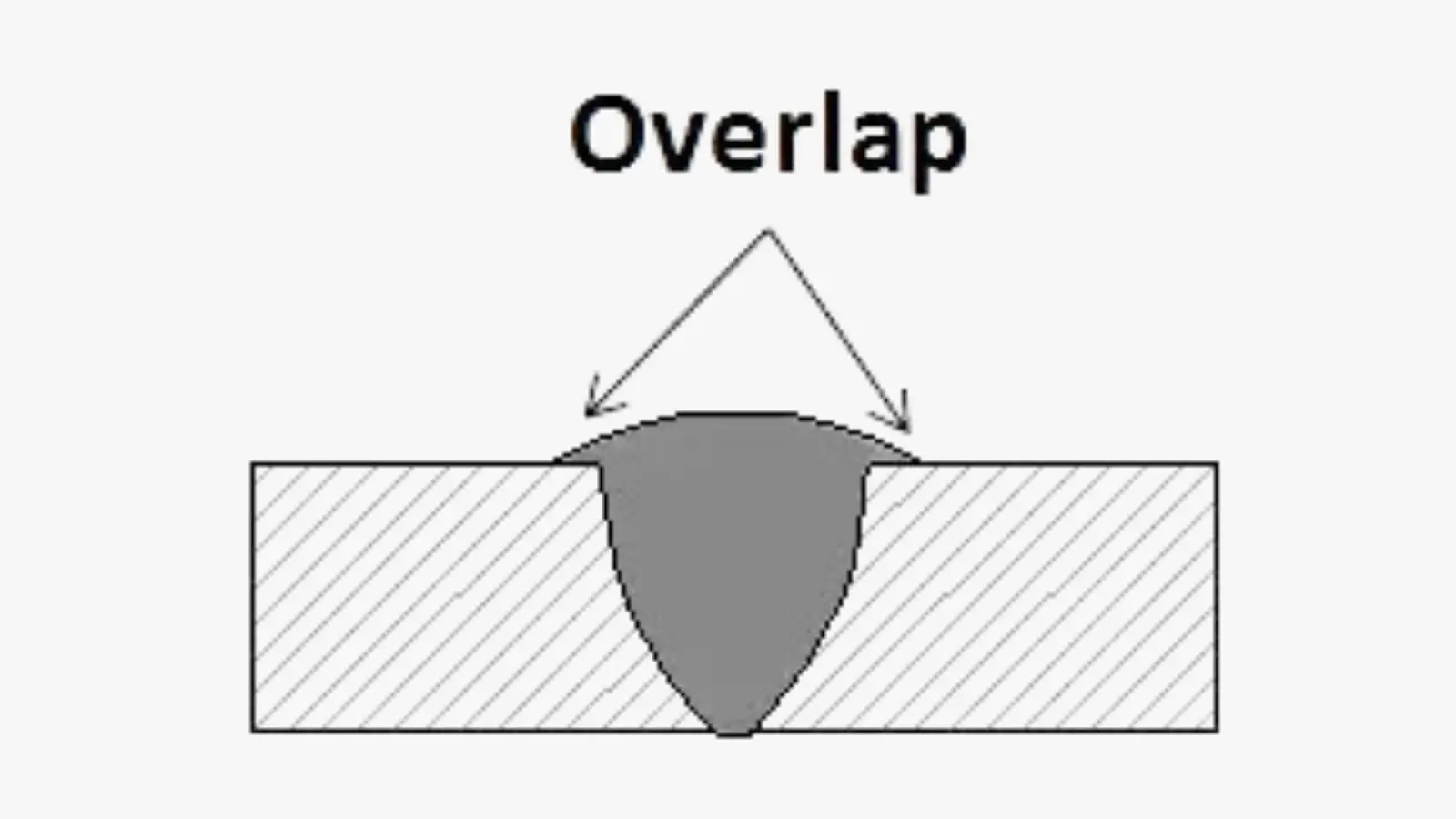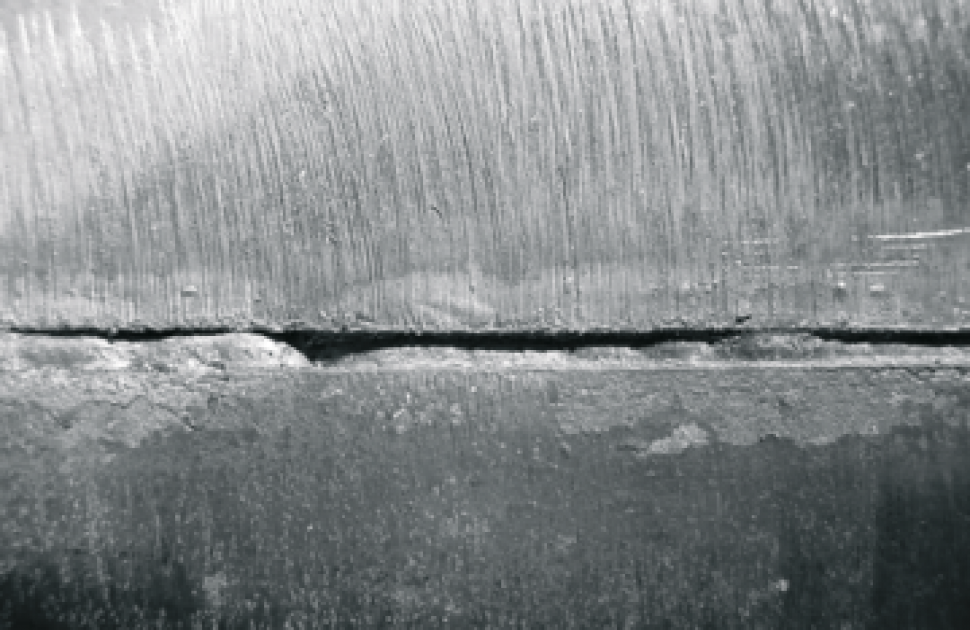Preventing Weld Undercut Made Easy: Secret Techniques Revealed
Preventing Weld Undercut Made Easy: Secret Techniques Revealed
Blog Article
Important Tips for Welders: Stopping Undercut Welding and Ensuring Stronger Weld Joints
In the world of welding, attaining long lasting and solid weld joints is the keystone of producing high-quality work. One usual challenge that welders commonly run into is undercut welding, which can compromise the integrity of the weld joint.

Recognizing Undercut Welding
Undercut welding is a common welding issue that occurs when the weld metal stops working to effectively fill the groove and causes a groove-like clinical depression along the weld bead. This issue weakens the weld joint, making it prone to breaking and failure under stress. Damaging can be brought on by numerous elements, including extreme welding current, high welding speed, inappropriate electrode angle, incorrect electrode size, and inadequate welding technique.
One of the primary factors for undercut welding is an imbalance in between the welding existing and the welding speed. If the welding current is expensive or the welding rate is also fast, the weld metal may not adequately fill up the groove, causing damaging. Additionally, using an electrode that is as well huge can cause a comparable outcome, as the excess metal can not appropriately stream right into the groove.
To stop undercut welding, welders ought to ensure they are utilizing the right welding criteria, keep a suitable electrode angle, choose the suitable electrode size, and method appropriate welding methods. By attending to these variables, welders can decrease the threat of undercutting and develop more powerful, extra dependable weld joints.
Proper Welding Technique
Effective welding technique plays an important function in making sure the high quality and stability of weld joints. Appropriate welding technique involves a combination of adherence, precision, and ability to ideal methods. One essential aspect of proper welding method is preserving the appropriate angle and distance in between the welding weapon and the workpiece. Welders should also pay close focus to the traveling speed and heat input to stop concerns like damaging, porosity, or incomplete blend.
Additionally, a stable and regular hand motion is important for developing strong and sturdy weld joints. Welders must aim for smooth, consistent movements to make sure even circulation of the weld material. Appropriate manipulation of the welding weapon and filler material is likewise vital to accomplishing optimum penetration and blend.
Additionally, regulating the warm input and picking the suitable welding criteria based on the material being bonded are crucial variables in achieving high-grade welds - Preventing weld undercut. Welders ought to adhere to the recommended settings supplied by welding treatment specifications and change them as required based on the particular needs of the project. By grasping appropriate welding methods, welders can dramatically enhance the stamina and integrity of their weld joints
Picking the Right Electrode
When thinking about the value of picking the appropriate electrode in welding applications,Maintaining the correct angle and distance between the welding gun and the workpiece is essential. The option of electrode plays a vital duty in determining the quality and strength of the weld joint. Electrodes come in various types, each designed for specific purposes and materials.
Firstly, selecting the appropriate electrode size is essential. Thinner electrodes appropriate for welding slim products, while thicker electrodes are better for thicker products and higher warmth applications. Matching the electrode diameter to the thickness of the workpiece helps achieve a well balanced weld.
Second of all, recognizing the product composition of the electrode is vital. Different electrodes are developed for click for more info welding certain materials like steel, stainless-steel, aluminum, or cast iron. Making use of the correct electrode product guarantees excellent blend and lessens the danger of problems in the weld.
Finally, thinking about the welding setting and technique is crucial when picking the electrode kind. For example, specific electrodes are better matched for overhead or upright welding settings, while others work well for level or horizontal positions. Choosing the right electrode based upon the welding method boosts the general weld quality and honesty.
Preparing the Base Metal
To ensure an effective welding process, what first steps should be taken when preparing the base steel for welding? Correctly preparing the base steel is vital for achieving solid and resilient weld joints. The primary step in preparing the base steel is to clean it completely to remove any type of contaminants such as corrosion, dirt, oil, or paint. This can be done utilizing a cord chemical, grinder, or brush solvents. Furthermore, any kind of existing weld material or deposit from previous welding should be eliminated to make certain a clean surface area for the brand-new weld.

Carrying Out Post-Weld Evaluations

After carrying out these evaluations, welders should compare the results versus sector criteria and job demands to make sure that the weld joint satisfies all required criteria. Any insufficiencies or variances found during the post-weld examination needs to be immediately dealt with via appropriate restorative actions to ensure the weld's integrity. By vigilantly doing post-weld assessments and without delay attending to any issues, welders can maintain the quality and reliability of their job, inevitably adding to the security and longevity of the bonded structures.
Verdict

In final thought, avoiding undercut welding and making certain stronger weld joints call for a mix check of appropriate welding strategy, selecting the appropriate electrode, preparing the base metal appropriately, and carrying out post-weld inspections. By comprehending the reasons for undercut welding and carrying out the necessary safety measures, welders can produce top notch weld joints that meet market criteria and guarantee the architectural integrity of the welded parts.
Undercut welding is a common welding problem that takes place when the weld metal stops working to effectively fill the groove and results in a groove-like anxiety along the weld grain (Preventing weld undercut). Damaging can be caused by different variables, including extreme welding present, high welding rate, improper electrode angle, incorrect electrode size, and inadequate welding strategy
One of the main reasons for undercut welding is a discrepancy in between the welding existing and the welding speed. If the welding current is too high or the welding speed is as well quick, the weld steel might not properly fill up the groove, leading to damaging.Preserving the proper angle and range in between the welding gun and the workpiece is fundamental when thinking about the value of picking the appropriate electrode in welding applications.
Report this page